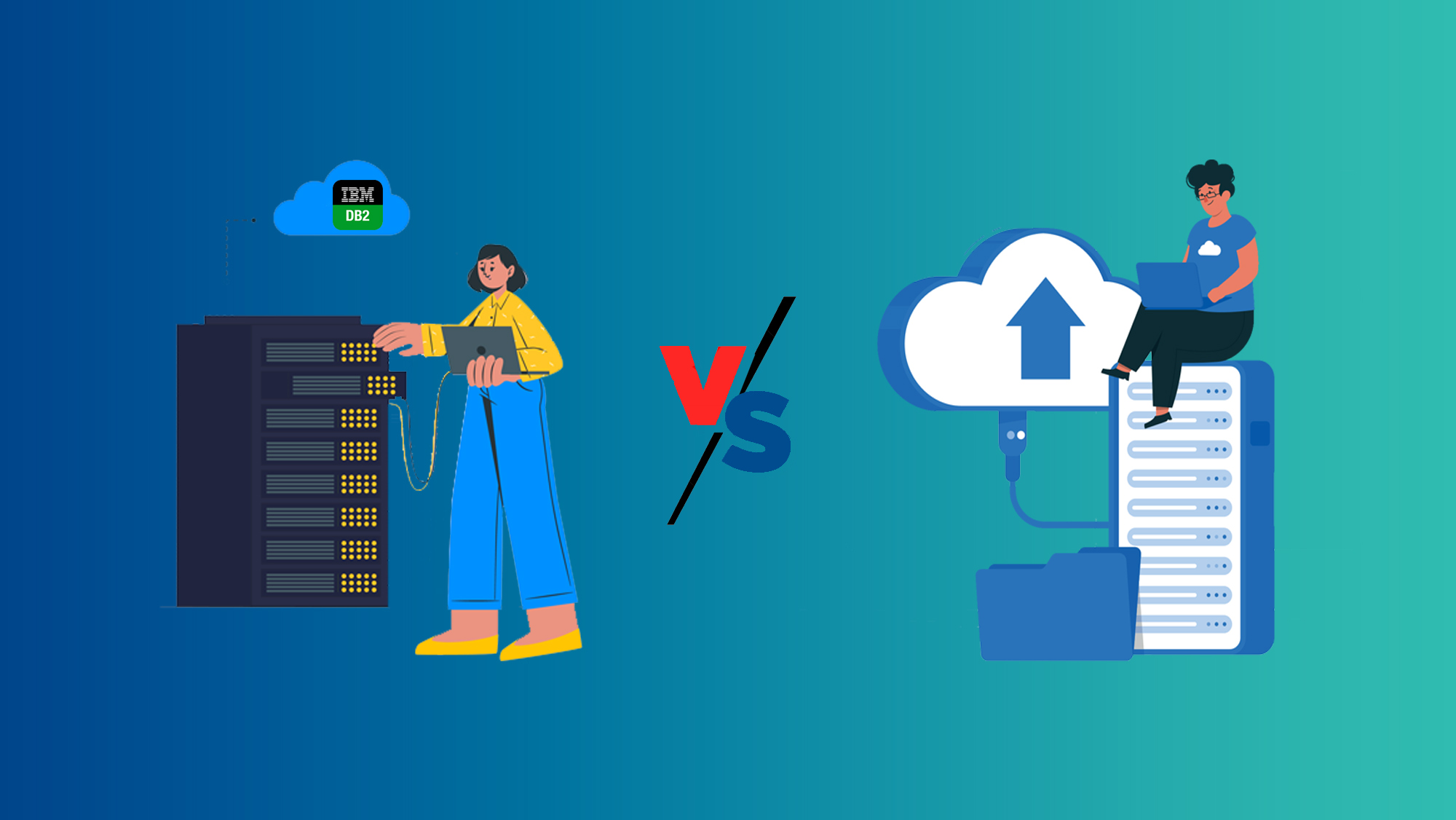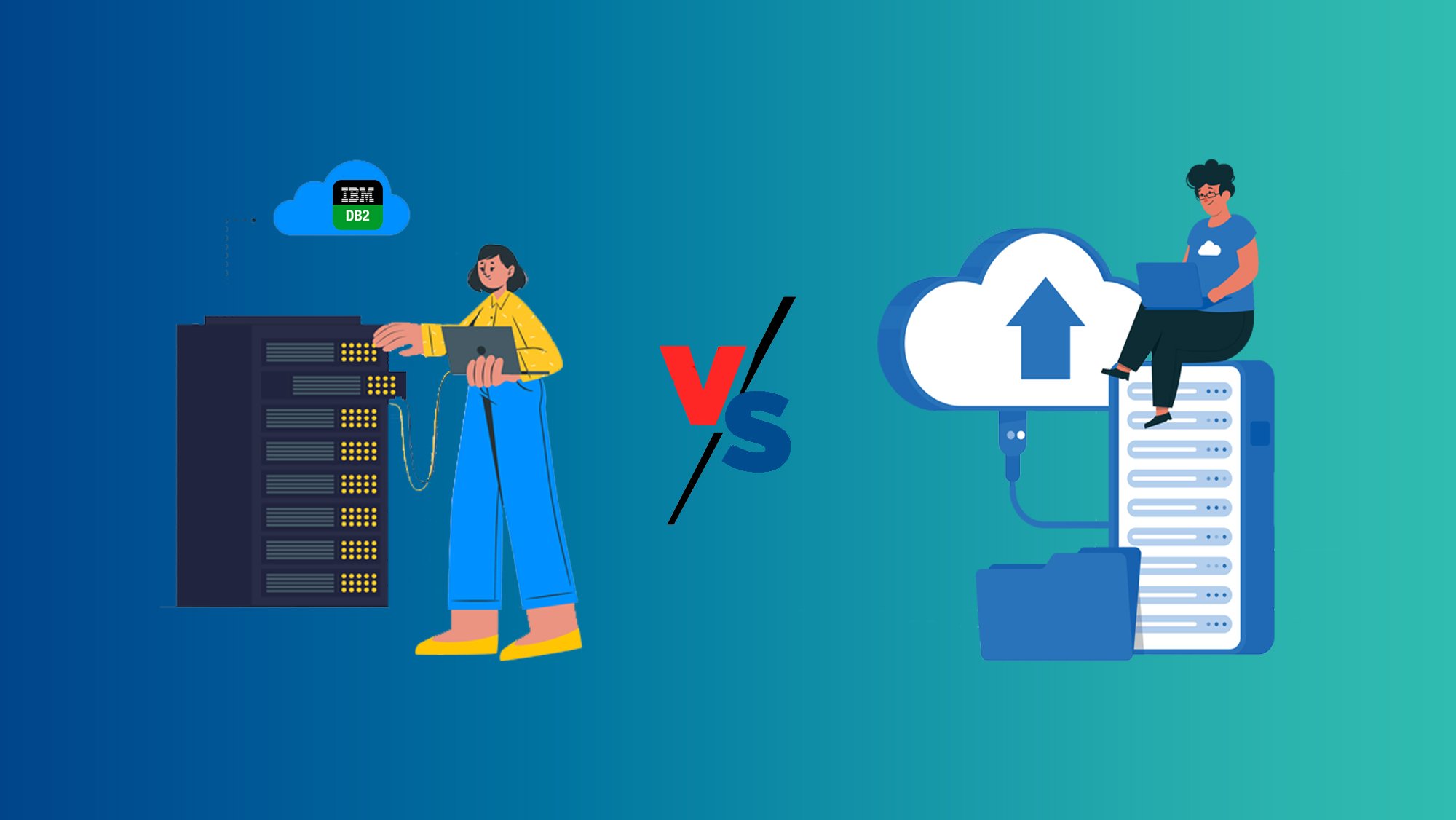Optimizing Performance: Strategies for Maximizing IBM DB2 Efficiency
Introduction:
In the realm of enterprise databases, optimizing performance is a cornerstone for achieving operational excellence and driving business success. IBM DB2, a powerful and versatile relational database management system, offers a plethora of tools and techniques to fine-tune and maximize its efficiency. In this blog, we will explore strategies that can help organizations optimize the performance of IBM DB2, resulting in improved response times, reduced downtime, and enhanced overall database performance.
Understanding Performance Optimization:
Performance optimization refers to the process of fine-tuning a database system to ensure that it operates at its best possible efficiency. This involves optimizing various components, including query execution, indexing, memory utilization, and system configuration, among others. Effective performance optimization can lead to faster query processing, reduced resource consumption, and a seamless user experience.
Key Strategies for Optimizing IBM DB2 Performance:
1. Indexing and Query Optimization:
Proper indexing is fundamental to efficient query processing. Analyze query execution plans and identify high-impact queries that can benefit from indexing. Utilize tools like the IBM Data Studio to identify and tune slow queries. Additionally, consider using materialized views and advanced features like the Query Rewrite facility to further enhance query performance.
2. Memory Management:
Allocate an appropriate amount of memory to DB2 to prevent excessive paging and disk I/O. Utilize memory pools and buffer pools effectively to cache frequently accessed data and minimize disk reads. Monitor memory usage using tools like DB2 Memory Visualizer to identify potential bottlenecks.
3. Table Design and Partitioning:
Organize tables and data in a way that aligns with the access patterns of your queries. Utilize table partitioning to distribute data across multiple physical storage locations, which can significantly improve query performance and maintenance operations.
4. Regular Maintenance:
Perform routine maintenance tasks, such as reorganizing tables, updating statistics, and clearing unused space. Implement automated maintenance schedules to keep the database running optimally over time.
5. Concurrency and Locking Management:
Optimize concurrency and locking strategies to prevent contention and ensure smooth multi-user operations. Utilize features like isolation levels and row-level locking to balance data consistency and performance.
6. Utilize Performance Monitoring Tools:
Leverage DB2's built-in performance monitoring and tuning tools, such as the IBM Data Studio and the db2top command, to track resource usage, query performance, and system health. These tools provide valuable insights into database behavior and help identify performance bottlenecks.
7. Hardware and System Configuration:
Ensure that the underlying hardware and system configurations are aligned with DB2's requirements. Optimize storage subsystems, disk layouts, and network configurations to minimize I/O latency and improve data access times.
8. Compression and Archiving:
Implement data compression techniques to reduce storage requirements and improve I/O performance. Archive or purge historical data that is no longer actively used to improve overall query performance.
9. Regular Software Updates:
Stay up-to-date with the latest DB2 versions and fix packs. IBM regularly releases updates that include performance enhancements, bug fixes, and new features.
Conclusion:
Optimizing the performance of IBM DB2 is a continuous and iterative process that requires careful analysis, planning, and execution. By implementing a combination of indexing strategies, memory management techniques, query optimization, maintenance routines, and performance monitoring, organizations can unlock the full potential of their DB2 databases.
A well-optimized DB2 environment translates to faster query response times, efficient resource utilization, and a seamless user experience. As businesses continue to rely on data-driven insights for decision-making, investing time and effort into performance optimization is a crucial step towards ensuring that IBM DB2 operates at its peak efficiency, ultimately driving organizational success in a data-centric world.
You May Also Like
These Related Stories

DB2 vs Other Databases: Exploring Strengths and Advantages

Everything You Need to Know About IBM DB2 Training




No Comments Yet
Let us know what you think